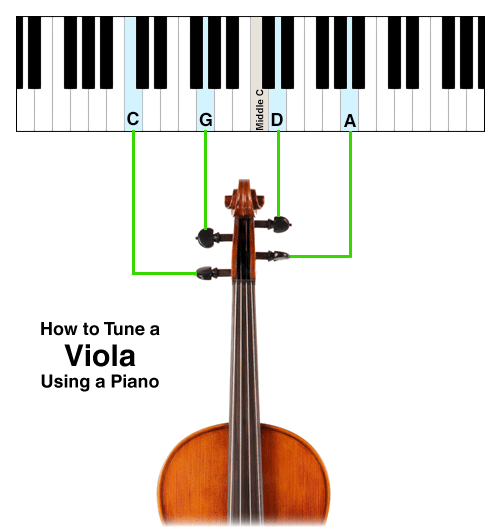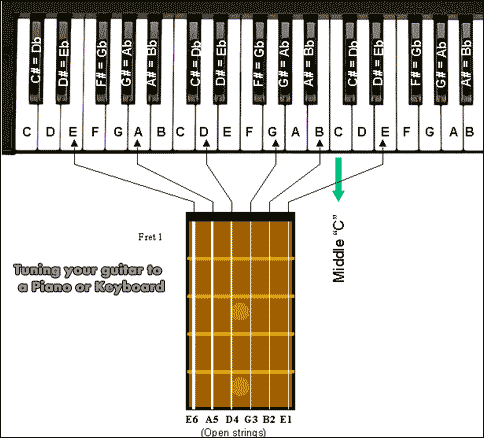

This can be handy if you already play the guitar, as you can apply the same chord placements and scales to get a tune. Same as the top four strings of a guitar and makes it very easy for guitarists to pick up a 4-string banjo and start playing.Ĭhicago involves tuning the banjo to the same as a guitar’s top four strings, in DGBE. So, if you have an older version, it’ll likely need some modification to the nut and bridge. However, most modern Irish tenor banjos are built for GDAE tuning, whereas older vintage banjos aren’t. The only downside is that the low pitch can sound muddy and require higher tension strings and adjustment to the instrument before you get a decent tone.įolk musicians most often use the GDAE tuning to play in the key of G, D, C and A, which are popular in Irish music.Īlthough smaller, 17 fret banjos are designed for folk music, many Irish players actually prefer the 19 fret models, for the extra bite and volume that a higher tension banjo kicks out. GDAE is a favorite tuning among Irish tenor players, mostly thanks to its similarity to the Irish fiddle, producing melodies just an octave below.īecause the strings here are still set out in fifths, learning melodies and chords is a fairly easy task. The same tuning as the violin or mandolin, only one octave lower. This is great news if you’re playing jazz with flat loving, saxophones, and trumpets!Īlso in fifths but lower in pitch than the standard tenor tuning. In particular, jazz musicians would tune to CGDA which is known as the ‘standard’ or ‘traditional’ method, because the range of notes worked very well in both rhythm and melody sections.Īnother bonus of using standard tuning is that it makes flat keys easier to work with.


Initially, the tenor banjo became popular in jazz, thanks to its punchy twang that cuts through a band’s mix without needing amplification.

The standard tenor banjo tuning with intervals of fifths (exactly the same as viola or mandola). However, in reality, these instruments actually produce the highest tone of all banjos. Tenor banjos have four strings and a short, narrow neck.Ĭonfusingly, the name ‘tenor’ gives the impression that the banjo is going to sound pretty low in pitch, as you’d expect from an instrument that follows classical four-part harmony organization. The same as open G tuning, just 3 steps lower in pitch. It’s used by Earl Scruggs on songs like ‘Reuben’. In this tuning, if you strum the banjo without fretting any strings you will be playing a D chord. Used in a lot of old-time banjo music (with two C notes): Also known as Sawmill Tuning or “Mountain Minor Tuning, it used on old-time songs like Little Sadie and Shady Grove. G, D, G, B, D (from lowest to highest strings, see below)Ĭlose to standard G tuning but the second string is tuned up to a C note. The reason it’s called Open G is that if you strum the open strings once you’ve tuned it this way, it gives you a G chord without having to fret any notes (by the way, if you’re interested here’s a handy banjo chords chart in this tuning). Open G is the standard tuning used by the majority of banjo players.


 0 kommentar(er)
0 kommentar(er)
